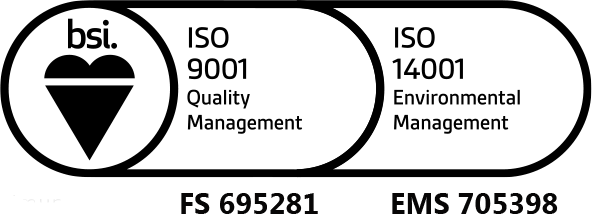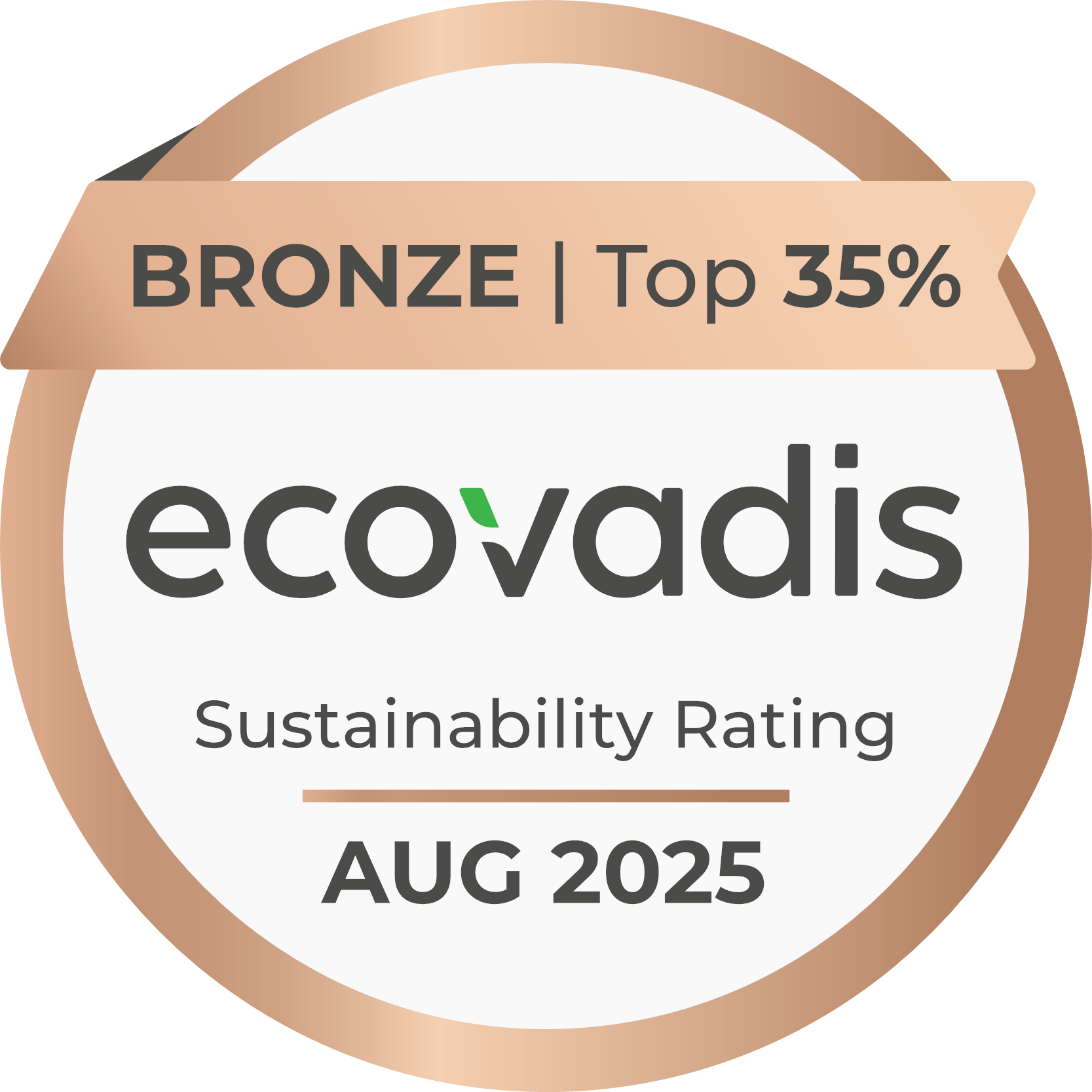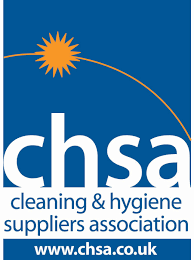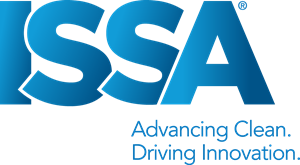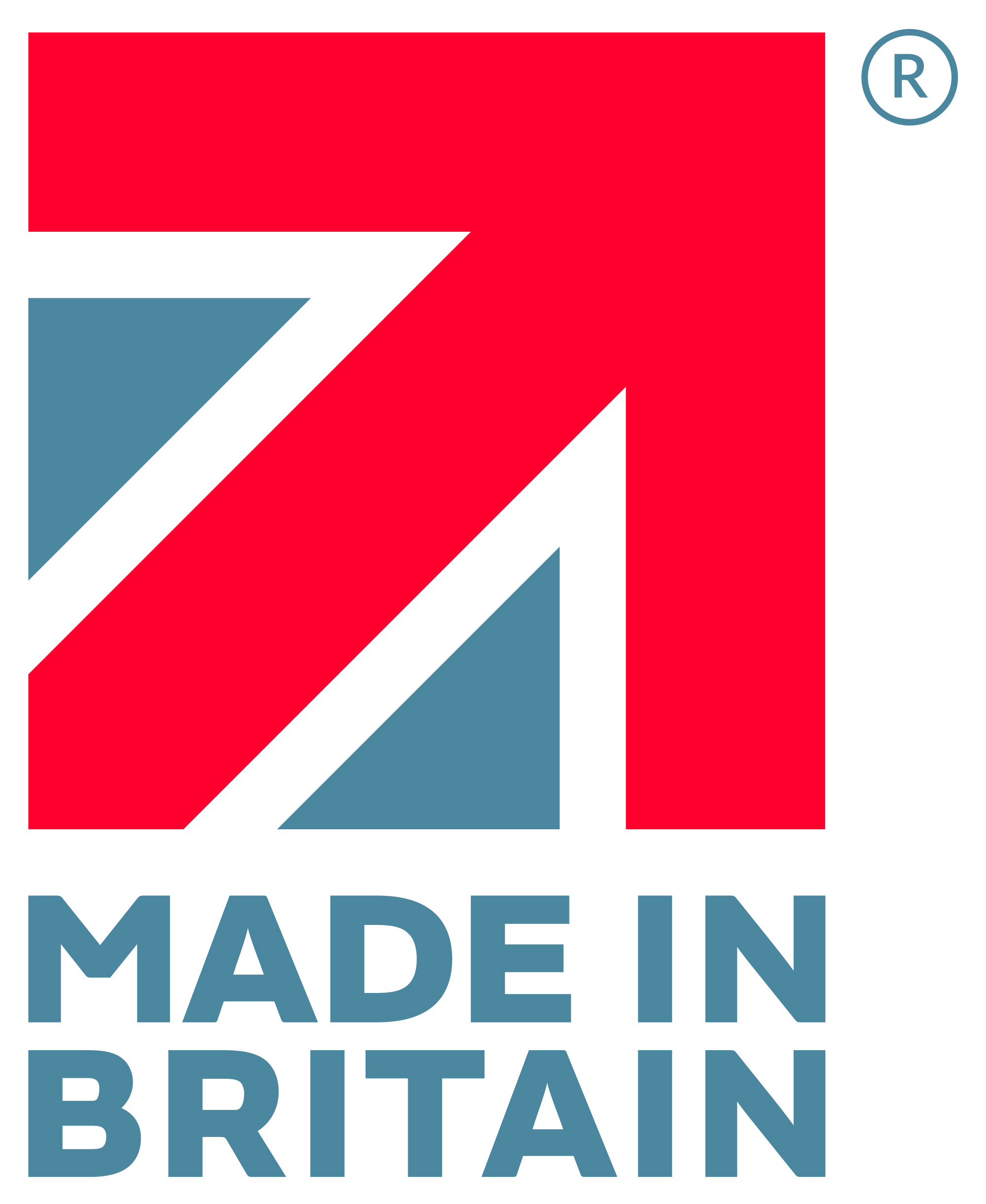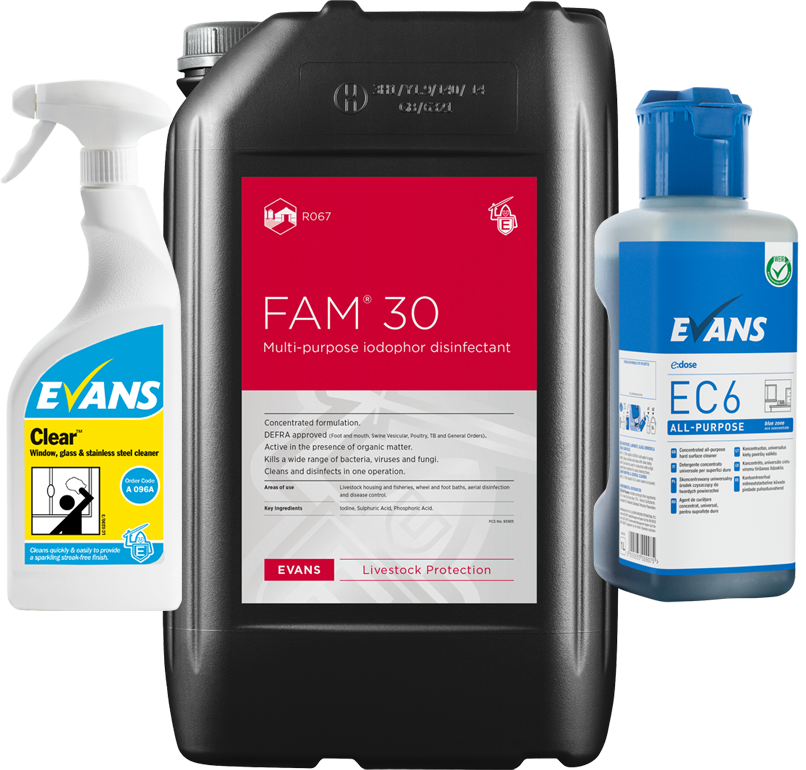4 September 2013
The manufacture and supply of Cosmetic Products is regulated in the UK under The Cosmetic Products Regulation. The most obvious indicator of compliance is that the ingredients have to be shown on the label according to the correct nomenclature and listed in descending order of inclusion level. However, few people appreciate all the other implications.What is the Cosmetic Products Regulation?
This regulation has been introduced to safeguard human health and ensure that all cosmetic products are safe to use before being placed on the open market.
What is considered to be a Cosmetic Product?
Any substance or preparation intended to be placed in contact with the various external parts of the human body, with a view to exclusively or mainly to cleaning them, perfuming them , changing their appearance, controlling body odours, protecting them or keeping them in good condition.
Which Evans Vanodine products are involved?
All handcare products including Pink Pearl, Orchard Fresh, Ocean Blue, Luxury Silk, Hand Lotion, Trigon, Trigon Foam Plus, Citrus Foam, Citrand, Vanagel and Care Hands Barrier Cream.
When will the regulation become operable?
The current Cosmetic Products (Safety) Regulations have been in place since 1984. The most significant recent development is the introduction of REGULATION (EC) No 1223/2009 OF THE EUROPEAN PARLIAMENT AND OF THE COUNCIL of 30 November 2009, which came into force 11th July 2013.
What do the latest developments involve?
We have been complying with the present regulations but provisions have been reinforced. The new requirement will be explained later but the most significant difference is the need to lodge full product details on a European database.
Who is responsible for ensuring the product is safe to use?
The manufacturer or supplier of the cosmetic product is responsible for ensuring it is safe for use. Each item must have a safety assessment prepared by a suitably qualified, professional person, before being made available for sale.
Apart from the safety assessment, is there any other information that has to be prepared?
The safety assessment will form part of the Product Information File (PIF), which includes a number of other details regarding the product..
What is included in the PIF?
- Formulation and Specification
- Manufacturing Process
- Filling Details
- Quality Control Methods
- Microbiological Controls
- Challenge Test Results
- Raw Material Specifications
- Packaging Specification
- Safety Assessment
- Animal Testing Statement
- Statement of Compliance with Good Manufacturing Practice (GMP)
Are there any specific labelling instructions for a cosmetic product?
The ingredients have to be shown on the label according to the correct nomenclature and listed in descending order of inclusion level. We must also include a name and address of a “responsible person”, printed on the label, from whom all the product information is available.
What task will the responsible person carry out?
They will have full control to ensure the manufacturing or supply company comply with the regulations by ensuring:-
- The safety assessment is carried out by a qualified and competent person
- The company complies with good manufacturing practice
- Sampling and testing is carried out
- The product information file is correct and up to date
- Notifications of any formula changes are submitted
- Labelling and instructions are correct
- Product claims are supported by data
- Public access to relevant data
Is product formulation information available to the public?
No, it is not available to the general public but it is accessible by the authorities for any emergency situation.
How will you know whether a product complies with the regulations?
Only products which have undergone all the necessary procedures can be added to the Cosmetics Products Notification Portal (CPNP). From the 11 July 2013 this will be mandatory.
If a product is not included on the database, can it be used?
No, it will be illegal to supply any product not on the database because it has not been proven to be safe for use.
Will the microbiological controls be difficult to achieve?
This does involve extra work, but we already have in place a comprehensive approach to plant and process hygiene and a system of quality control that assures the microbiological quality.
What systems have been implemented to achieve this?
We have detailed Standard Operating Procedures for manufacturing, sampling, testing and cleaning/disinfection of equipment. These are used by manufacturing and filling operatives, and laboratory staff.
Do you have a batch sample of the finished product?
Yes, we are required to retain them for the length of the shelf life of the product. These samples are inspected in a rolling performance on a monthly basis to look for any changes in physical characteristics that might indicate deterioration, either chemical or microbiological. Any such instances would be subject to in depth investigation.
Do you clean and disinfect the manufacturing vessels before production?
Yes, there are Standard Operating Procedures for cleaning and disinfecting the manufacturing vessels, the recirculation pumps, transfer lines and tanks, filling lines and all equipment involved in production.
Regular deep cleaning procedures are also carried out to reduce the risk of biofilm build up on equipment and surfaces.
Do you test the surrounding areas of the filling line and the lances?
Yes. Periodically we take swabs from filling line surfaces and lances. The results of these tests are recorded graphically to help identify trends and enable a quick response to any adverse signs.
Do you carry out audits on your plant?
Yes. An audit programme is in place covering every aspect of the manufacture, filling and testing of cosmetic products.
Does staff training occur with relation to the regulation?
Yes. The regulation require that employees engaged in activities related to production and testing of Cosmetic Products receive appropriate training and we consider this a very important feature of our approach to meeting our obligations. Regular training sessions are carried out to update operatives on the regulations, results of audits, hygiene checks and contamination test results.
What can you claim after carrying out all these procedures?
All the cosmetic products we manufacture are produced in accordance with requirements of the Cosmetic Products Regulation and are safe for sale throughout the European market.
Must all companies carry out similar procedures?
Any company that manufactures cosmetic products must comply with the REGULATION (EC) No 1223/2009 OF THE EUROPEAN PARLIAMENT AND OF THE COUNCIL of 30 November 2009 on cosmetic products, otherwise they are not allowed to sell them.
If you would like a shorter summary of the above statement to pass on to the end user, please download HERE.






